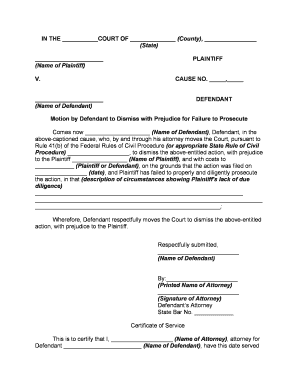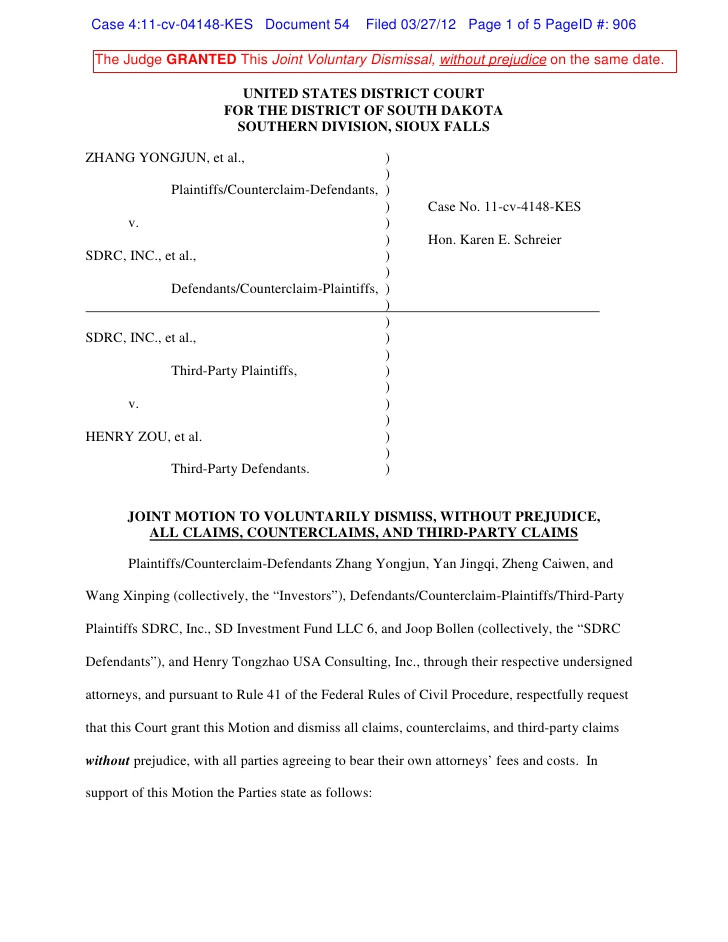
Your neighbor says he has a car, and your neighbor says you took it and won’t return it. For a 12(b)(6) motion, that doesn’t matter. Let’s say in a surprise twist, your neighbor doesn’t have a car. When deciding whether to dismiss the case, the court must accept the allegations of the complaint as true. The court would dismiss your neighbor’s “failure to hug” claim. But since the court does have the power to remedy the claim about the car-based on existing law, the court could issue an injunction requiring you to return the car, or could order you to compensate your neighbor for the loss of it-the court will permit the lawsuit to proceed on the car claim. So, for example, let’s say your neighbor alleges that not only won’t you hug him, but that you won’t return his car. If the court dismisses those, the lawsuit will proceed on the remaining claims. In lawsuits containing multiple claims, a defendant can file a motion to dismiss specific ones, and try and knock one of them out of the case. The court can’t give your neighbor money damages because you didn’t hug him, and the court can’t issue an injunction forcing you to hug him. What does this look like in real life? For example, if your neighbor files a lawsuit against you in federal court alleging that you refuse to hug him when you see him, you could easily get that lawsuit dismissed by filing a 12(b)(6) motion arguing that there’s no law requiring you to hug your neighbor, and that the court has no power to grant your neighbor a remedy based on your refusal to hug him.

It simply asks whether a legal claim exists at all. It also does not examine the merits of the plaintiff’s claim, or the defendant’s arguments against it. The court doesn’t come to a conclusion on what happened or when. A 12(b)(6) motion does not resolve factual issues. There’s no additional evidence apart from those initial claims.Įssentially, a 12(b)(6) motion to dismiss argues that even if all the facts alleged in the complaint are true, they don’t form a claim that the court has the power to do anything about. The idea is the court only looks at that initial pleading and determines whether or not the case can move forward.

In deciding whether to grant a motion to dismiss for not clearly stating a claim, a court generally looks only at what is contained in the “ four corners” of the complaint and its attachments-such as copies of contracts in a contract case.

The reason we are going to focus on is “failure to state a claim.” States have their own rules regarding motions to dismiss, but in federal court, this is called a Rule 12(b)(6) motion after Federal Rule of Civil Procedure 12(b)(6). The plaintiff may have filed the lawsuit in the wrong court the court may not have jurisdiction over the plaintiff’s claims or the plaintiff may not have served the complaint properly. There are a variety of reasons that a court may dismiss a case this early on. “Motions to dismiss” ask the court to throw out a case at its earliest stages, usually before any of the actual litigating takes place. (What side of the Mississippi is that? Whatever side you’re on, of course.)īut we’re back this week to continue your legal education: We are going to talk about motions to dismiss and motions for summary judgment, specifically how they relate to Gavin Grimm’s case against the Gloucester County School Board and transgender bathroom discrimination. It has been, lo, these many months since you’ve heard from the best team in legal journalism this side of the Mississippi.


 0 kommentar(er)
0 kommentar(er)
